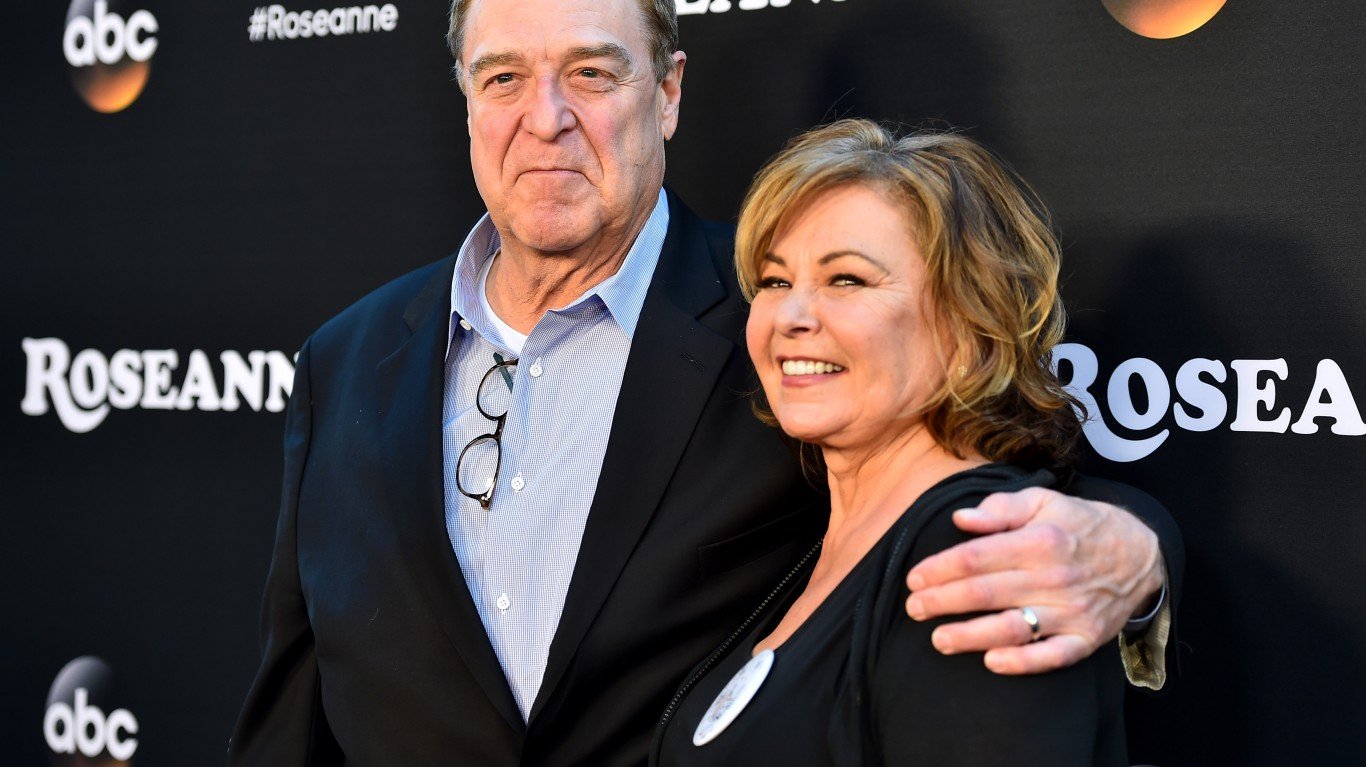
Source: thinkstock
In a new report published on Thursday, broadband industry research firm Leichtman Research Group notes that 83% of U.S. households subscribe to some form of pay-TV service. That is up from 81% in 2005, but down from 87% in 2010. But here is the difference:
While the total number of subscribers for the top pay-TV providers at the end of 2Q 2015 is similar to the total at the end of 2Q 2010, over the past five years, the US Census Bureau reports that occupied housing in the US increased by more than 4.5 million units (with all the growth coming in renter-occupied housing). As a result, penetration of pay-TV in residential households has decreased from five years ago.
Bruce Leichtman, president and principal at Leichtman Research Group, spelled out what that means:
Changes in the dynamics of the pay-TV industry are not driven just by those exiting the category, but also those coming into the category. Historically, consumers have gone in and out of the pay-TV category, primarily for economic reasons. While the rate of those leaving is actually similar to a decade ago, those who are entering or reentering the market has decreased over time, and the industry is not keeping pace with rental housing growth.
ALSO READ: Hulu’s Cord-Cutter Dream, Commercial-Free TV
It’s not the cord-cutters; it’s the cord-nevers that should be the pay-TV industry’s biggest worry. According to Leichtman’s survey, 70% of nonsubscribers last subscribed to pay TV more than three years ago, or have never subscribed to a pay-TV service. About 2.5% of U.S. households with a TV have dropped their subscription in the past year. In 2005 the percentage that cancelled pay-TV service was 2.3%; in 2010 the percentage fell to 1.5%.
Here are other data points from the Leichtman survey:
- In households using a TV, 12% of home owners do not subscribe to a pay-TV service — compared to 23% of renters (renters are more likely to be non-subscribers than in any year since 2006)
- 21% of those who moved in the past year do not currently subscribe to a pay-TV service — compared to 12% in 2010
- 35% using one TV set at home are non-subscribers — compared [to] 10% using two or more TVs
- Mean reported monthly spending on pay-TV service is $99.10 — an increase of 39% since 2010
- 63% of non-subscribers get a subscription video on-Demand (SVOD) service, and 62% have an over-the-air (OTA) TV antenna
- In total, 5% of all households are pay-TV nonsubscribers with both an SVOD service and an OTA antenna — while 4% of all households are pay-TV non-subscribers with SVOD but no OTA antenna.
A jump of 40% in pay-TV costs in just five years has certainly had some impact on subscriber numbers. Whether or not so-called skinny bundles of around two dozen channels for $20 a month, such as the one that Dish Network offers with Sling TV, will attract more subscribers to SVOD and further reduce pay-TV subscriber numbers remains to be seen.
ALSO READ: 5 Analyst Stocks With Massive Upside Calls This Week
Smart Investors Are Quietly Loading Up on These “Dividend Legends” (Sponsored)
If you want your portfolio to pay you cash like clockwork, it’s time to stop blindly following conventional wisdom like relying on Dividend Aristocrats. There’s a better option, and we want to show you. We’re offering a brand-new report on 2 stocks we believe offer the rare combination of a high dividend yield and significant stock appreciation upside. If you’re tired of feeling one step behind in this market, this free report is a must-read for you.
Click here to download your FREE copy of “2 Dividend Legends to Hold Forever” and start improving your portfolio today.
Thank you for reading! Have some feedback for us?
Contact the 24/7 Wall St. editorial team.



